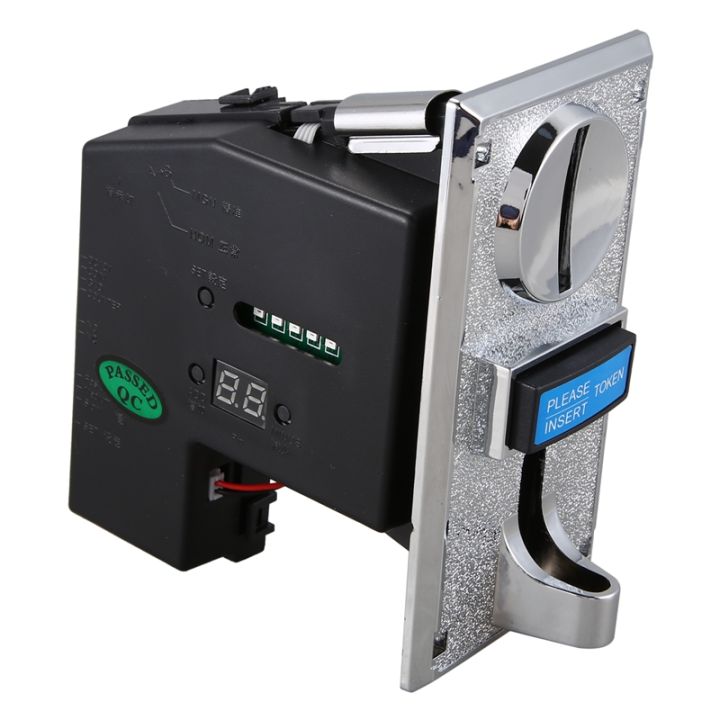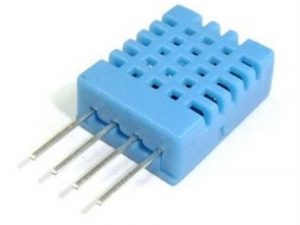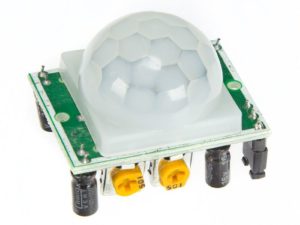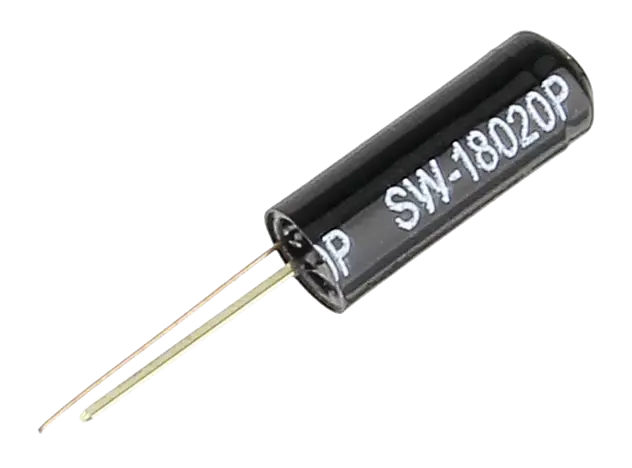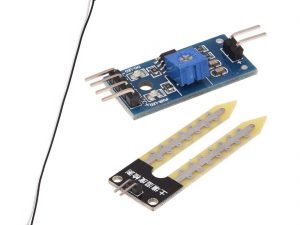Description
This is a multi coin Acceptor (MCSA), It accepts up to 5 kinds of different coins at the same time. This type of coin selector is widely used in Vending machine, Arcade Game, Message chair, and other self–management system.The multi coin acceptor is mainly based on material, weight and size to identify coins. . The, multi MCA is very stable and accurate even when environment changes such as temperature, and humidity etc… In order to increase the accuracy, we suggest different version of coins use different channel to set up.
Features:
a. Capable of accepting all worldwide Coins and Tokens.
b. Intelligent CPU software control, and high accuracy .
c. Self-programming without PC.
d. Accept 1~5 different kinds of coins at the same time.
e. Free to set up pulses’ output.
f. Prevent not only electric shock but also electromagnetic interference.
g. Automatic self-test for problems.
Specifications:
- Coin diameter: 15mm~32mm
- Atmospheric pressure: 86Kpa-106Kpa
- Coin thickness: 1.2mm~3.4mm
- Working humidity: ≤95%
- Working voltage: DC +12V ±10%
- Speed: ≤0.6s
- Working current: 65mA ± 5% A
- Accuracy rate of identification:99.5%
- Signal output:pulse
Note: This Multi Coin Acceptor comes with a printed copy of setting instructions and calibration process
Getting started with the Multi Coin Acceptor
Ever wanted to make some money from your projects?
This example will show you how to Simply interface a coin selector with your Adruino.
Hardware required
- Arduino UNO
- Multi Coin Acceptor
- Jumper wires
Coin Sampling
For your Coin Selector to know what type of coins it accepts, you have to set it up and then feed it samples of those coins.
It is recommend to sample at least 15 coins of the same type, up to a maximum of 30. Don’t feed the same coin through 30 times, it’s make the selector to fussy about what it accepts.
A Coin Selector works by comparing the material, weight and size of coins past through it to the samples you provide. If a coin is not reconised it drops out the return slot, if it is reconised the Unit sends out pulse’s on the “COIN” line.
So to make it easier for the programming side we use a “greatest common factor” rule.
eg. We’ll use the following coins (UK) 5p, 10p, 20p, 50p,& £1, (US) 5c, 10c, 25c, 50c & $1.
All the the coins can be made up with multiple 5p or 5c coins, so we make 1 pulse equal to 5p or 5c.
5p/c = 1 pulse, 10p/c = 2 pulses, 20p = 4 pulses, 25c = 5 pulses, 50p/c = 10 pulses, £/$1 = 20 pulses.
Now, The Setup:
First the switches…
select “NC” by sliding the top switch to the bottom position.
select “FAST” by sliding the bottom switch to the top position.
Power Up the unit with a 12v supply.
1. Hold the “ADD” and “MINUS” buttons down at the same time for about 3 seconds, release and then the letter “A” will appear on the LED display.
2. Press the “SETUP” button once, and the letter “E” will appear. Then use the “ADD” and “MINUS” buttons to choose how many kinds of coins your going to use. Press the “SETUP” button again to finish.
3. The letter “H” will appear. Use the “ADD” and “MINUS“buttons to choose how many sample coins your going to feed it later. Press the”SETUP” button again to finish.
4. The letter “P” will appear. Again use the “ADD” and “MINUS” buttons to choose the amount of output pulses you want. Press the “SETUP” button to finish. Refer to the above example to determine number of pulses.
5. The letter “F” will appear. Using the “ADD” and “MINUS” buttons, choose the accuracy. The value is from 1 to 30, with 1 being the most accurate. I use 10 and it works fine. Again “SETUP” to finish.
You have now setup the first coin, depending on how many coins you selected in step 2, you’ll have to repeat Step’s 3 to 5 for each one.
The letter “A” will appear when you’ve setup all the coins. Hold “SETUP” for 3 seconds to finish, the letter “E” will appear.
Finally, switch the unit off and then back on.
Sampling time:
1. Hold the “SETUP” button down for about 3 seconds, release and then the letters “A1” will appear on the LED display. This is your first coin (5p/c)
2. Feed the Coin Selector your sample coins, the LED display will show the amount of coins you’ve entered. “A1” will appear again when finished.
3. Hold the “SETUP” button down again for about 3 seconds, release and then”A2” will appear, repeat these steps until all coins are sampled.
If your not using all of the coin types available (eg 3 coins of a 5 type coin selector) the unit will ask for samples of a coin type you haven’t setup, just hold the “SETUP” button down for 3 secconds of each of the remaining coins.
The Coin Selector restarts itself and is now ready to connect to the Arduino.
Connecting the Hardware

To Wire the Coin Selector to the Arduino is easy.
The white “COIN” Wire from the Selector connects to pin 2 on the Arduino. It has to be pin 2 or 3 as these are Interrupt pins.
Now if your using a different power supply for the Coin Selector to the Arduino, you must connect a common Ground. So the Red wire from the Coin Selector connects to +12V of the supply and the Black wire to ground of the supply AND to ground of the arduino.
Note: USB will NOT power the coin selector.
the sample sketch
Now, Fire up the Arduino IDE and let start coding:
PROGRAM START:
const int coinInt = 0;
//Attach coinInt to Interrupt Pin 0 (Digital Pin 2). Pin 3 = Interrpt Pin 1.
volatile float coinsValue = 0.00;
//Set the coinsValue to a Volatile float
//Volatile as this variable changes any time the Interrupt is triggered
int coinsChange = 0;
//A Coin has been inserted flag
void setup()
{
Serial.begin(9600);
//Start Serial Communication
attachInterrupt(coinInt, coinInserted, RISING);
//If coinInt goes HIGH (a Pulse), call the coinInserted function
//An attachInterrupt will always trigger, even if your using delays
}
void coinInserted()
//The function that is called every time it recieves a pulse
{
coinsValue = coinsValue + 100;
//As we set the Pulse to represent 5p or 5c we add this to the coinsValue
coinsChange = 1;
//Flag that there has been a coin inserted
}
void loop()
{
if(coinsChange == 1)
//Check if a coin has been Inserted
{
coinsChange = 0;
//unflag that a coin has been inserted
Serial.print("Credit: rwf");
Serial.println(coinsValue);
//Print the Value of coins inserted
}
}
Testing the circuit
open your serial monitor by clicking on the icon in the right top corner(like search icon) .This simple program will write the total value of coins inserted to the serial monitor.


